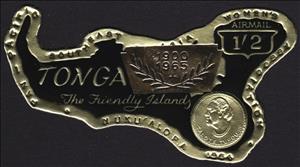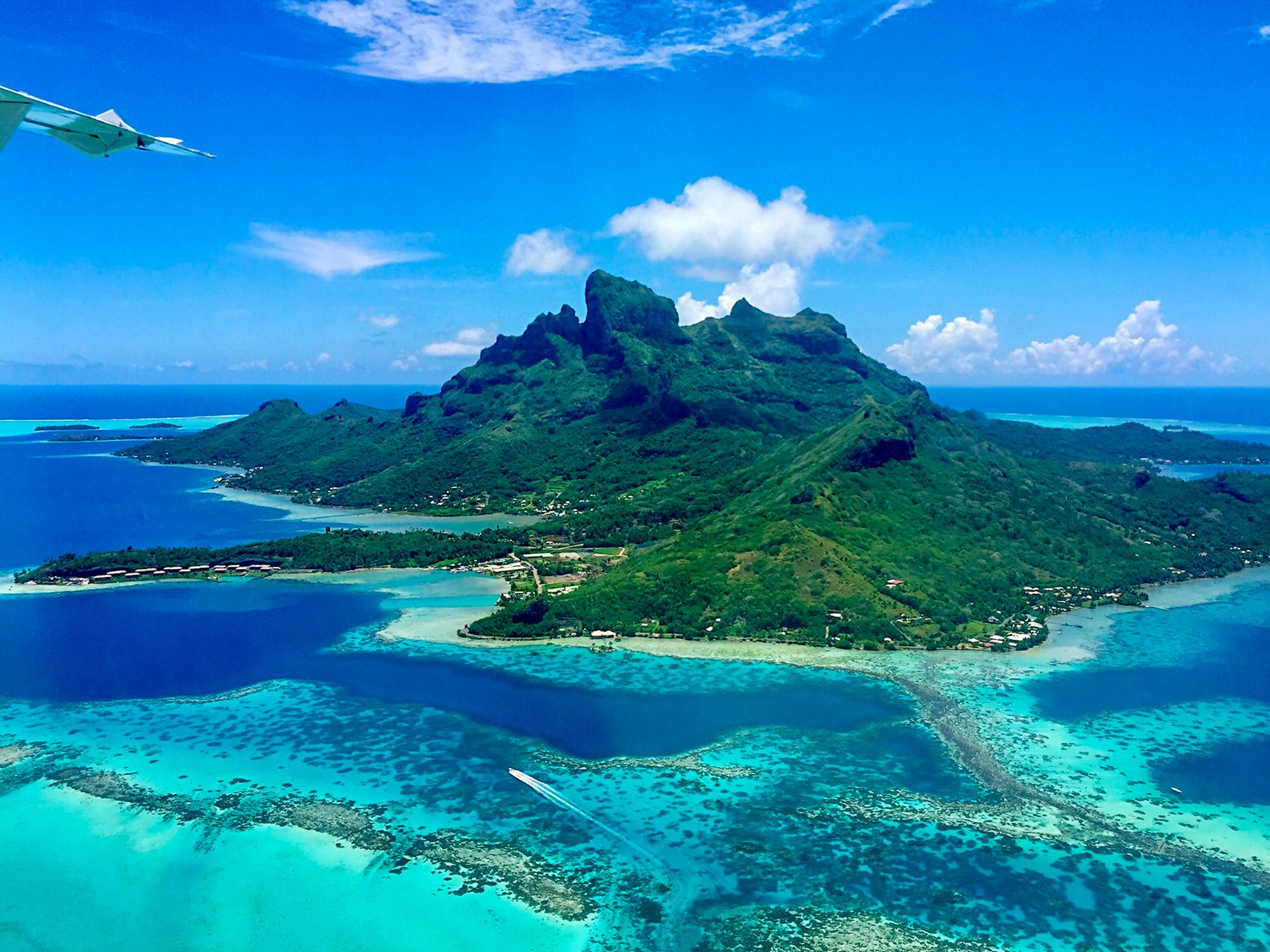Stamp: Map of Tongatapu - overprinted (Tonga 1966)
Map of Tongatapu - overprinted (Tonga 1966)
16 December (Tonga ) within release Queen Sālote - In Memoriam goes into circulation Stamp Map of Tongatapu - overprinted face value 1'2 Tongan shilling
| Stamp Map of Tongatapu - overprinted in catalogues | |
|---|---|
| Michel: | Mi: TO 180 |
| Stamp Number: | Sn: TO C23 |
| Stanley Gibbons: | Sg: TO 181 |
Stamp is horizontal format.
Also in the issue Queen Sālote - In Memoriam:
- Stamp - Map of Tongatapu - overprinted and surcharged face value 10'6;
- Stamp - Map of Tongatapu - overprinted and surcharged face value 5'6;
- Stamp - Map of Tongatapu - overprinted face value 1'2;
- Stamp - Map of Tongatapu - overprinted and surcharged face value 4;
- Stamp - Map of Tongatapu - overprinted face value 10;
Stamp Map of Tongatapu - overprinted it reflects the thematic directions:
An island or isle is a piece of land, distinct from a continent, completely surrounded by water. There are continental islands, which were formed by being split from a continent by plate tectonics, and oceanic islands, which have never been part of a continent. Oceanic islands can be formed from volcanic activity, grow into atolls from coral reefs, and form from sediment along shorelines, creating barrier islands. River islands can also form from sediment and debris in rivers. Artificial islands are those made by humans, including small rocky outcroppings built out of lagoons and large-scale land reclamation projects used for development.
A map is a symbolic depiction emphasizing relationships between elements of some space, such as objects, regions, or themes. Many maps are static, fixed to paper or some other durable medium, while others are dynamic or interactive. Although most commonly used to depict geography, maps may represent any space, real or imagined, without regard to context or scale, such as in brain mapping, DNA mapping, or computer network topology mapping. The space being mapped may be two dimensional, such as the surface of the earth, three dimensional, such as the interior of the earth, or even more abstract spaces of any dimension, such as arise in modeling phenomena having many independent variables. Although the earliest maps known are of the heavens, geographic maps of territory have a very long tradition and exist from ancient times. The word "map" comes from the medieval Latin Mappa mundi, wherein mappa meant napkin or cloth and mundi the world. Thus, "map" became the shortened term referring to a two-dimensional representation of the surface of the world.
A Royalty is the immediate family of a king or queen regnant, and sometimes his or her extended family. The term imperial family appropriately describes the family of an emperor or empress, and the term papal family describes the family of a pope, while the terms baronial family, comital family, ducal family, grand ducal family, or princely family are more appropriate to describe the relatives of a reigning baron, count, duke, grand duke, or prince. However, in common parlance members of any family which reigns by hereditary right are often referred to as royalty or "royals." It is also customary in some circles to refer to the extended relations of a deposed monarch and his or her descendants as a royal family. A dynasty is sometimes referred to as "the House of ...". As of July 2013, there are 26 active sovereign monarchies in the world who rule or reign over 43 countries in all



